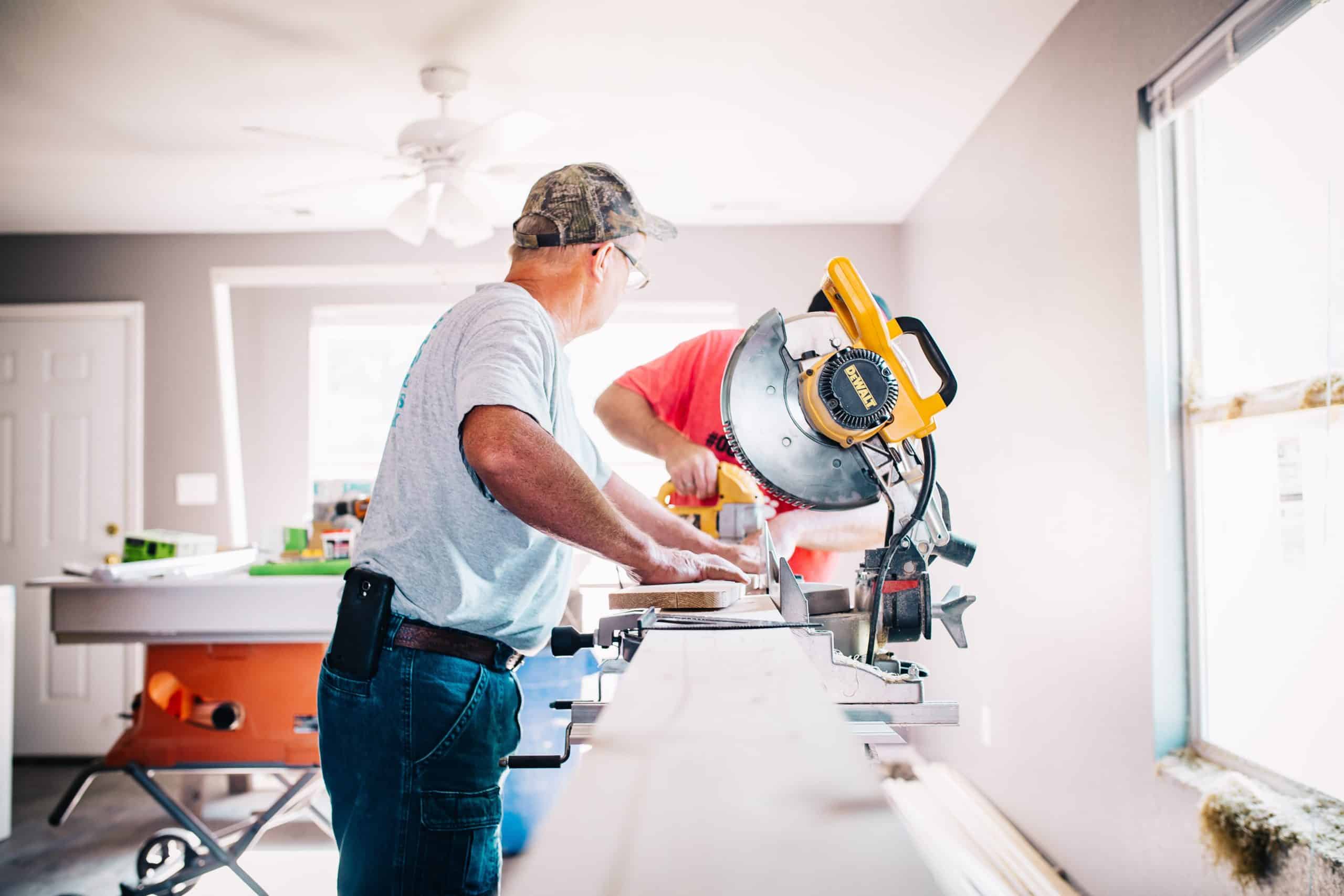Business Insurance
Are you doing enough to protect against silicosis?

22 March 2019
It’s a disease that some doctors have labelled worse than asbestosis and there are fears a major epidemic may be unfolding nationally. If you work in stonemasonry, or any trade that involves exposure to dust from stone, bricks or cement, you need to know about silicosis.
What is silicosis?
Silicosis is the scarring of lung tissue due to prolonged exposure to silica dust.
Silica is a common trace mineral found in many modern building and construction materials, including concrete, asphalt, bricks, terracotta tiles and pavers, sandstone and granite.
Like asbestos, it’s perfectly safe in its solid form but it’s dangerous when inhaled as dust.
Silicosis symptoms include shortness of breath, weight loss, fatigue, cough and chest pain. The disease can be fatal or can also lead to other health problems such as lung cancer and tuberculosis. Silica dust is also linked to other issues, including kidney damage and chronic bronchitis.
Authorities say anyone exposed regularly to silica dust, which includes people working in the construction and mining industries and stonemasonry, is at risk of silicosis disease. It normally requires more than 10 years of exposure to develop, although workers who experience high levels of silica dust exposure can develop it in a much shorter time frame.

“There is currently no available cure for silicosis, so the only way to stop the disease is via prevention”
Silicosis is ‘a potential national epidemic’
An audit of Queensland’s stone industry in 2018 revealed 98 workers had contracted silicosis and 15 of those were considered terminal. Anthony White, a Gold Coast stonemason, died earlier this year and the state’s health minister Steven Miles has warned of a potential national epidemic.
Some doctors, meanwhile, have ranked the disease as worse than asbestosis because it affects people much earlier in life – the youngest person diagnosed with the disease in Queensland was 23 – while asbestosis typically only appears later in life, usually after retirement.
Those involved in the sale of products that can cause silicosis could have legal liabilities. That’s why it’s vital to have the right product liability insurance cover for your business.
Who is at risk of silicosis and how can you prevent it?
Experts say anyone who suffers silica dust exposure for a long period, usually about 10 years or so, is at risk of silicosis.
This includes anyone in a workplace where dust from stone, bricks or cement, whether from drilling, grinding, blasting or cutting, is common.
However, the Queensland audit shows stonemasons are particularly vulnerable, as the silica dust exposure levels are typically much higher than in other industries like construction or mining.
There is currently no available cure for silicosis, so the only way to stop the disease is via prevention.
There are a number of things employers can do to help protect their staff, which will be discussed below, but for employees, it is vital to wear a face mask like a P2 respirator that will prevent silica dust from entering the lungs.
What do employers need to know?
Employers, of course, have a duty to protect their staff and the cost of failing to do so can be significant. The audit of Queensland’s stonemason industry revealed widespread safety problems, with 552 breach notices issued for inappropriate workplace – cleaning practices.
Ten businesses were later fined a total of $36,000 for failing to comply with their improvement notices. There are also other legal liabilities to consider – a lawsuit from an employee who contracts silicosis could potentially cost the business hundreds of thousands of dollars.
That’s why it’s crucial to ensure you have the right workers’ compensation insurance for your business.
How can you protect your employees against silicosis?
The good news is that there are some straightforward ways to protect your staff. In fact, research shows that simply using local exhaust ventilation or wetting dust to suppress it can reduce levels by 99 percent, all but removing the risk to staff.
Authorities like Worksafe Queensland recommend using tools fitted with either dust collecting bags or with water attachments to suppress dust.
Large machinery should be fitted with effective air filtration systems and businesses should look for alternative materials, such as stone benchtops with lower silica counts and avoid using sand where possible.
General Advice Disclaimer
This information does not take into account the objectives, financial situation or needs of any person. Before making a decision, you should consider whether it is appropriate in light of your particular objectives, financial situation or needs.
Privacy Policy
Privacy - Resilium Insurance Broking Pty Ltd
NIBA
We subscribe to and are bound by the Insurance Brokers Code of Practice, a full copy of which is available from the National Insurance Brokers Association (NIBA) website, www.niba.com.au
Norton Group Pty Ltd t/as Norton & Co Insurance ABN 11 628 176 787 is an Authorised Representative of Resilium Insurance Broking Pty Ltd ABN 92 169 975 973 AFSL No 460382



